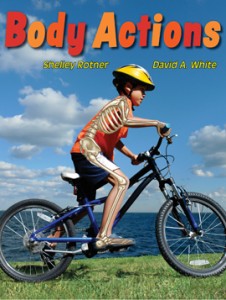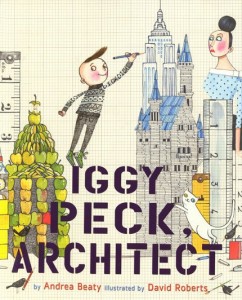 My daughter has been a voracious reader since birth, but my son – not so much. Joe reads well, but rarely would he pick up a book for pleasure. It wasn’t until I paid more attention to how he learns that I found how to hook my 12-year-old son on reading.
My daughter has been a voracious reader since birth, but my son – not so much. Joe reads well, but rarely would he pick up a book for pleasure. It wasn’t until I paid more attention to how he learns that I found how to hook my 12-year-old son on reading.
Joe is very social and he learns best when he’s talking about his process with someone else (in multiple intelligences lingo, he’s an Interpersonal learner, or People Smart.) Reading by himself doesn’t interest him much. When he was little I read aloud to him every night, but I made the mistake of stopping this bedtime ritual once he could read well independently. Not surprisingly, his reading dropped off.
Then I was lucky enough to hear Margaret Peterson Haddix speak at a conference. She described her book Found, the first in a series called The Missing. I knew Joe would love the exciting plot. I checked out Found from the library and booktalked it to my son. He seemed interested, and yet it still sat. Then I suggested I read aloud the first chapter to him at bedtime.
Joe and I curled up on his bed to read, and within a few paragraphs, he was hooked on the story. When I put the book down, he immediately picked it up and kept reading. The next night, Joe wanted me to read more, and he couldn’t wait to tell me what he’d read from the point where I’d stopped. Together we’ve flown through the first book and we’re onto book 2, me reading a bit aloud, Joe reading on his own, and Joe filling in the gaps for me.
So this week, rather than recommend a specific picture book, I’m recommending my favorite reading technique. If you have a reluctant reader, try curling up and reading a book aloud to him or her. Make it purely for pleasure. You may find you are both hooked.



